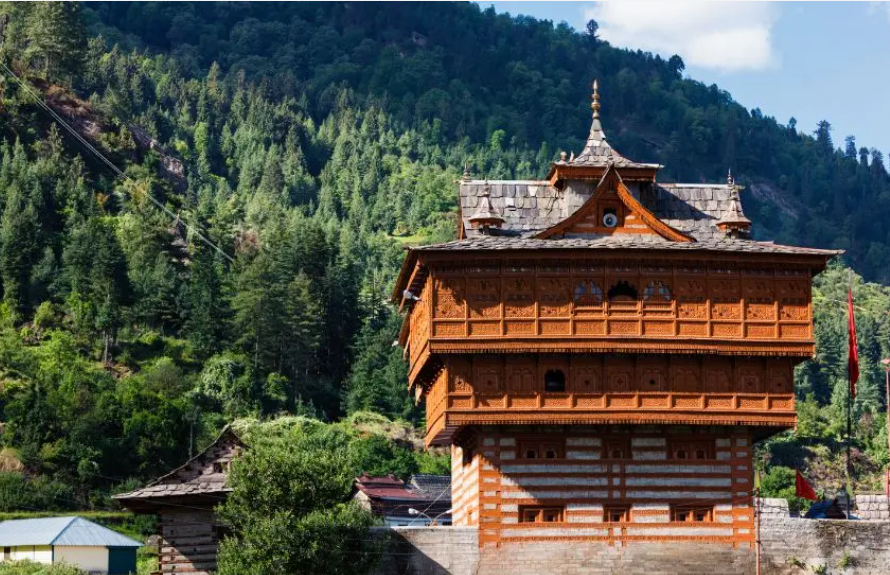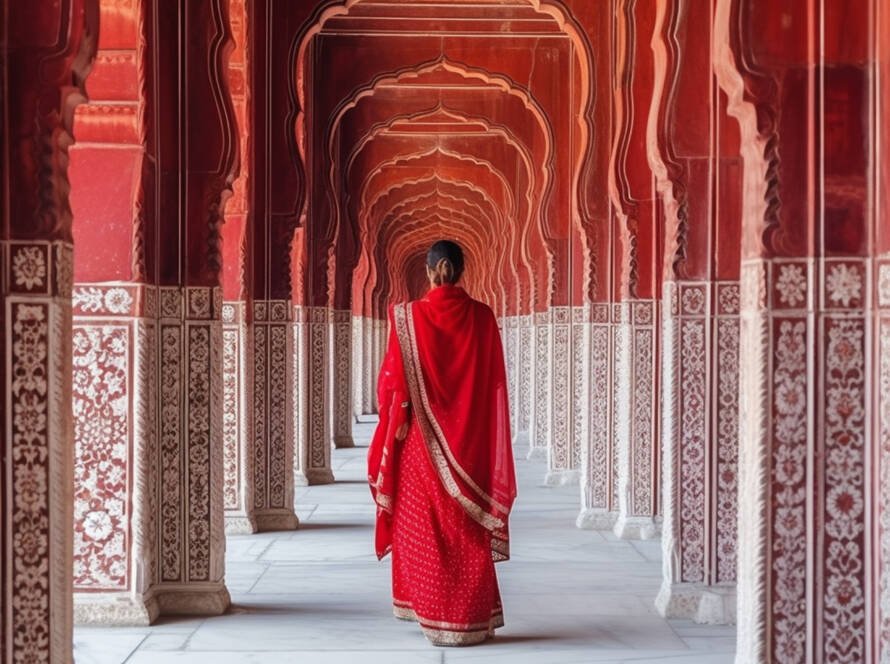High above the windswept plains of Karnataka, where boulders rest like forgotten gods and the sky meets stone in a quiet embrace, Chitradurga Fort rises—unyielding, untamed, and utterly unforgettable. This sprawling marvel, often called Kallina Kote (Fort of Stone), is not just a relic of the past; it is a monument to intelligence, ingenuity, and indomitable will. Carved into the rocky hills across centuries—from the Chalukyas and Hoysalas to the brave Nayakas and the strategic vision of Hyder Ali—Chitradurga is a fortress that tells a story not of kings, but of survival, skill, and silent strength.
Spread over 1,500 acres and fortified with seven concentric ramparts, 19 gateways, 38 posterior entrances, 35 secret passages, and 200+ water reservoirs, this is not a fort you simply visit—it’s a labyrinth you experience. Each bend, each stone wall, was designed not just to defend but to deceive, disorient, and deter. The architecture flows with the terrain, embracing the hills instead of resisting them, creating a seamless, almost camouflaged structure that made it nearly impossible to conquer.


What sets Chitradurga apart is not just the magnitude of its stonework but the genius embedded within it. Every gate was angled to block charging elephants, every passage narrowed to force invaders into traps, and every open space crafted for tactical advantage. Many entrances seem to vanish into rock, visible only when you stand at a certain point—an architectural sleight of hand designed to confuse even the most prepared army.
But the fort’s most astonishing secret isn’t its stone—it’s its water. In an era when empires fell to drought or siege, Chitradurga stood defiant, thanks to a masterful rainwater harvesting system. Over 200 rock-cut tanks, placed at different altitudes and connected through gravity-fed channels, ensured a self-sustaining hydraulic network. These weren’t mere ponds—they were engineered systems designed to collect, purify, store, and distribute water throughout the fort. Even during prolonged sieges, when outside access was impossible, the fort never ran dry. In every drop of stored rainwater was a lesson in foresight—a reminder that true power flows from preparation, not just weapons.
Amidst these granite walls lives a story of unmatched bravery—that of Onake Obavva, a woman who, armed with nothing but a pestle (onake), single-handedly held off enemy soldiers sneaking through a secret passage while her guard-husband was away. Her strength and sacrifice, now immortalized at the Obavvana Kindi, symbolize the spirit of Chitradurga—ordinary people rising to extraordinary courage when it matters most. Her tale, passed through generations, isn’t just folklore—it is living heritage etched into the very soul of the fort.

But Chitradurga was never just a military outpost. It was a vibrant spiritual and cultural center, dotted with ancient temples dedicated to deities like Hidimbeshwara, Ekanathamma, and Sampige Siddeshwara. These shrines suggest that even in times of war, the pursuit of inner peace and divine balance remained essential. The fusion of Hindu and later Islamic architectural elements—added during Hyder Ali and Tipu Sultan’s reign—tells a layered story of confluence, not conflict.
Today, as you walk through its gates, you can feel time slowing down. The air is thick with echoes—of rustling armor, whispered prayers, and stone grating under the weight of centuries. Chitradurga is not polished or ostentatious; it is raw, real, and humbling. It teaches you that defense is not about building higher walls but about building smarter systems. That resilience isn’t loud—it’s quiet, strategic, and deeply rooted in the wisdom of the land.
More than a fort, Chitradurga is a philosophy carved in stone—of how to live in harmony with nature, how to prepare for adversity, and how courage can come from the most unexpected corners. In an age of instant gratification, Chitradurga invites you to pause, reflect, and marvel at what human spirit, strategy, and patience can truly create.



